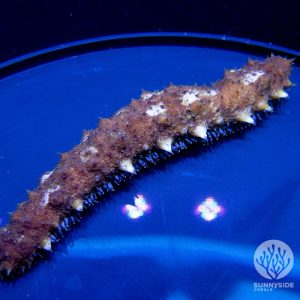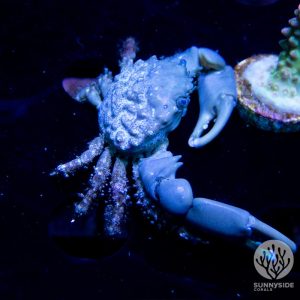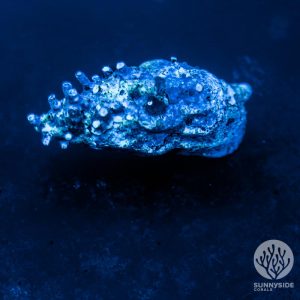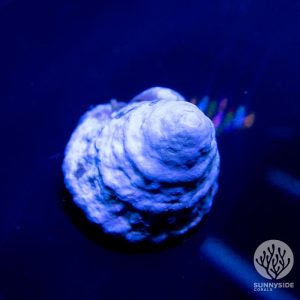A clean up crew is a group of invertebrates that help maintain a healthy and balanced marine ecosystem in a reef tank. These invertebrates, such as snails, crabs, and shrimp, consume uneaten food, dead organic matter, and algae, preventing the accumulation of debris that can harm the tank’s water quality.
Adding a clean up crew to a reef tank can be beneficial in many ways. They are natural cleaners that can help reduce the need for manual cleaning and water changes. A clean up crew can also help control the growth of algae, which can be a common problem in reef tanks. Additionally, some invertebrates in the clean up crew, such as hermit crabs, can help aerate the substrate by turning it over, which promotes the growth of beneficial bacteria.
When selecting a clean up crew, it is important to consider the size of the tank, the type of algae present, and the other inhabitants of the tank. Different invertebrates have different roles and preferences, so it is important to choose a variety of species that can work together to keep the tank clean and healthy. With a well-chosen clean up crew, a reef tank can thrive and be a beautiful addition to any home or office.

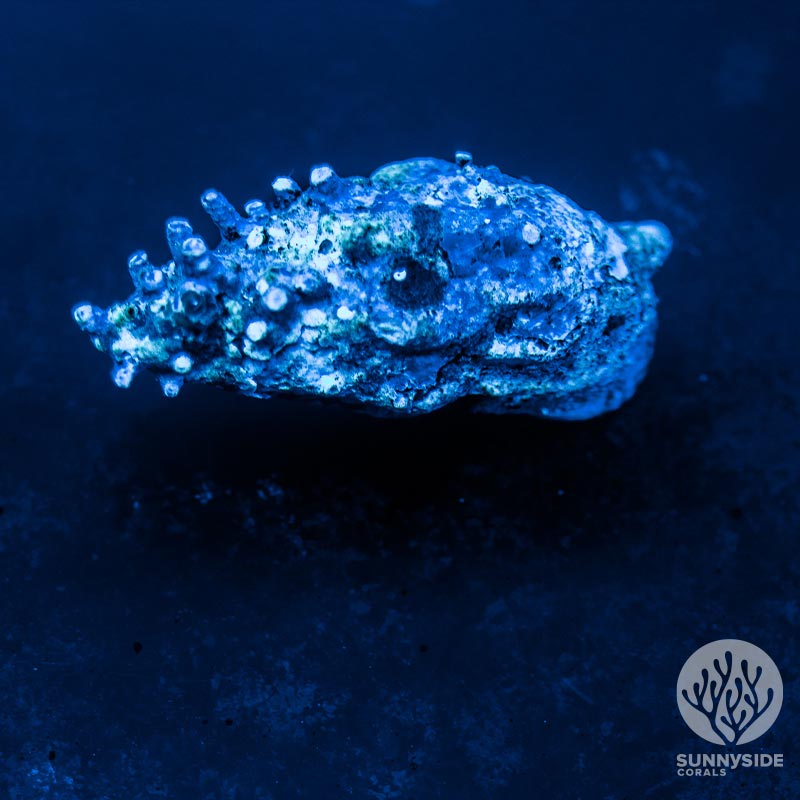
What is a Clean Up Crew?
A clean up crew, also known as a CUC, is a group of invertebrates and fish that are added to a saltwater aquarium to help maintain its cleanliness. These creatures are scavengers and algae eaters that perform various functions in the tank water, such as aerating and sifting through the sand, removing non-living organic substances, and keeping the algae in check.
A CUC is an essential component of any reef aquarium as it helps to maintain the water quality by removing excess waste and detritus that could otherwise harm the aquarium’s inhabitants. The animals in the crew help remove rotting organic matter that would otherwise cause ammonia, nitrate, and phosphate spikes that could poison the livestock.
Typically, a CUC consists of different kinds of crabs, shrimps, snails, sea stars, urchins, and other invertebrates that are known for their scavenging and algae-eating abilities. Some fish species, such as tangs and blennies, are also known to contribute to the clean-up process.
Benefits of Having a Clean Up Crew
A clean up crew (CUC) is a group of invertebrates and fish that are added to a saltwater aquarium with the purpose of cleaning up the tank. These animals play a critical role in maintaining the overall health of the enclosed aquarium ecosystem. Below are some of the benefits of having a clean up crew in your reef tank:
- Removes Waste: The primary function of a clean up crew is to remove waste from the tank. They help to consume uneaten food, dead organic matter, and other debris that can accumulate in the aquarium. This helps to keep the water clean and clear, which is essential for the health of the fish and corals.
- Controls Algae: Algae can be a problem in reef tanks, as it can grow quickly and smother corals. A clean up crew can help to control the growth of algae by consuming it. Different types of invertebrates and fish in the crew have different preferences for the types of algae they consume, so it is important to have a diverse crew to ensure all types of algae are consumed.
- Prevents Pests: Harmful invertebrates can enter the tank through live rock or other means. A clean up crew can help to prevent these pests from becoming established in the tank by consuming them before they have a chance to reproduce.
- Enhances Biodiversity: A clean up crew can add to the biodiversity of the tank. Different types of invertebrates and fish have different roles in the ecosystem, and having a diverse crew can help to maintain a healthy balance.
Overall, having a clean up crew in your reef tank can help to maintain a healthy and thriving ecosystem. It is important to research the different types of invertebrates and fish that are suitable for your tank and to ensure that you have a diverse crew to perform all the necessary functions.

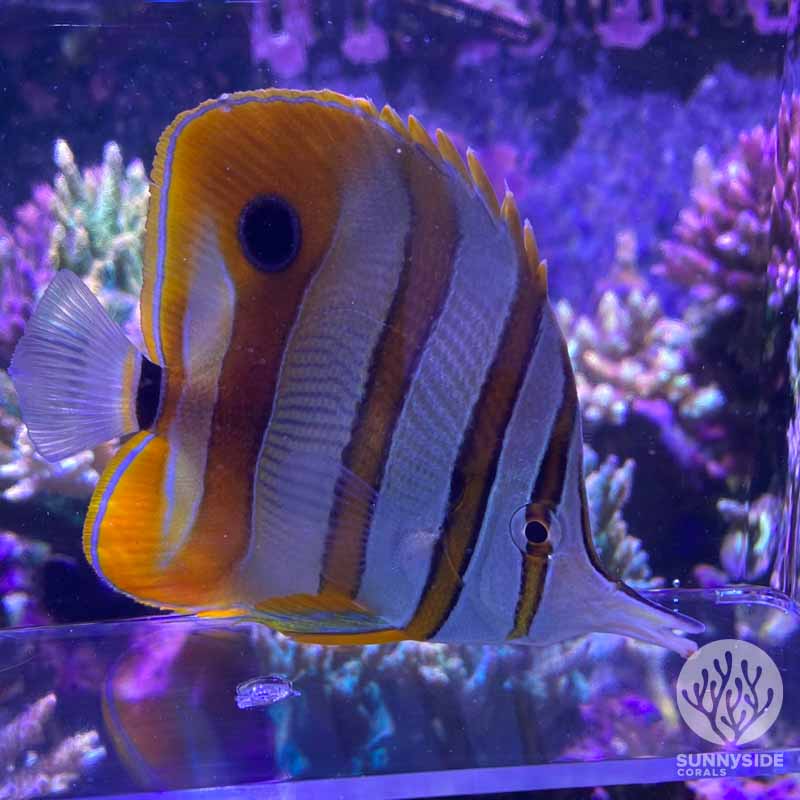
Types of Clean Up Crew Members
Here is a list of our favorite clean up crew members that we use in all of our tanks. Each member has it’s own job and can help save you tons of time and lead to a healthier tank.
Emerald Crabs
Emerald crabs are a popular choice as a clean-up crew in saltwater tanks due to their excellent scavenging abilities. These crabs are particularly effective in controlling algae growth, as they have a voracious appetite for all types of algae, including hair algae and bubble algae. In addition, emerald crabs are known to eat uneaten food and dead organisms, keeping the tank clean and free from debris that can cause water quality issues. They are also reef-safe, which means they will not harm other inhabitants of the tank, such as corals and fish.
Snails
Snails are another common type of cleaning crew many aquarists love to use in their new tank. They are effective against cyano, diatoms, and other types of nuisance algae. Some of the common snail species that you can add to your aquarium include Trochus snails, Nassarius snails, Mexican Turbo, and Cerith snails. However, it is essential to note that some snail species can be sensitive to changes in water quality, so it is vital to monitor the water parameters regularly.
Shrimps
Shrimps are beautiful members of the clean-up crew. They are similar to crabs in their role but are a bit less bossy. Cleaner shrimps are great for removing pests from your fish to help keep them healthy, and the popular Peppermint Shrimp is well known for its effectiveness in eating the aiptasia and mojano pest anemones. Scarlet Cleaner Shrimp is another popular choice for its bright red color and active personality.
Serpent Stars
Serpent stars, also known as brittle stars, are a popular choice for clean-up crews in saltwater tanks due to their excellent scavenging abilities. These invertebrates are highly effective at consuming detritus and leftover food, which helps keep the tank clean and reduce the likelihood of algae growth. They are also great at reaching small spaces and crevices, which makes them ideal for cleaning hard-to-reach areas of the tank. In addition, serpent stars are generally considered reef-safe, which means they are unlikely to harm other inhabitants of the tank, such as corals and fish.
Sea Urchins
Sea urchins are another unique member of the clean-up crew. They are efficient algae eaters that can help to control algae growth in the tank. Some sea urchin species can also help to aerate the sand bed by moving around it. However, it is essential to note that some sea urchin species can be aggressive towards other tank inhabitants, so it is vital to research the species before adding them to the tank.
Sea Cucumber
Sea cucumbers are an excellent choice for a clean-up crew in a saltwater tank due to their unique and effective cleaning abilities. These fascinating creatures are able to consume large quantities of detritus, uneaten food, and other organic matter, helping to keep the tank clean and reduce the buildup of harmful nutrients in the water. Sea cucumbers are also known for their ability to break down and process hard-to-digest materials, such as dead coral and other debris. In addition, they can help aerate the substrate by stirring it up as they move around the tank. Sea cucumbers are generally considered reef-safe and can be a great addition to a coral reef tank. Overall, adding sea cucumbers to your saltwater tank can help create a healthy and balanced ecosystem while reducing the amount of maintenance required to keep your tank clean
Tangs
Tangs are a popular choice for clean-up crews in saltwater tanks, especially when it comes to controlling lettuce algae. These herbivorous fish have a voracious appetite for various types of algae, including lettuce algae, which is often considered a nuisance in saltwater aquariums. Tangs can consume large amounts of this type of algae, helping to keep the tank clean and reducing the likelihood of algae blooms. In addition, they are known to be hardy and can tolerate a wide range of water conditions, making them a great choice for beginner and experienced aquarists alike. Tangs are also visually stunning, with bright and vibrant colors that can add a pop of color to your tank.
Copper Bands
Copper band fish are an excellent choice for saltwater tanks that have aiptasia, a common pest anemone that can quickly spread and harm other inhabitants of the tank. Copper band fish have a natural appetite for aiptasia and are highly effective at controlling their population. Additionally, they are known for their algae-eating abilities, which makes them a great addition to a clean-up crew. Copper band fish are also peaceful and generally do not harm other inhabitants of the tank, making them a safe choice to add to a reef tank.
Learn More
How Many Clean Up Crew Members Do You Need?
One of the most common questions asked by reef tank owners is how many clean up crew members are needed. The answer to this question depends on several factors, including the size of the tank, the types of nuisance algae present, and the types of clean up crew members being used.
It is important to note that not all clean up crew members are created equal. Some species are better at removing certain types of algae than others. For example, Trochus snails are great at removing diatoms, while Cerith snails are better at removing hair algae.
When deciding how many clean up crew members to add to a tank, it is important to consider the specific types of algae present and choose species that are known to be effective at removing those types of algae.
It is also important to avoid adding too many clean up crew members to the tank. Overcrowding can lead to competition for resources and may even result in some members starving to death.
Ultimately, the number of clean up crew members needed will vary depending on the specific needs of the tank. It is important to carefully consider the size of the tank, the types of algae present, and the species of clean up crew members being used in order to determine the appropriate number of members needed to keep the tank clean and healthy.
Maintaining Your Clean Up Crew
Once you have established your clean up crew, it is important to maintain them properly to ensure they continue to thrive in your reef tank. Here are some tips to keep in mind:
- Regularly monitor the population of your clean up crew to ensure that they are not overpopulating or underpopulating your tank. Adjust the numbers as necessary.
- Provide a varied diet for your clean up crew. While they primarily feed on algae and detritus, supplementing their diet with other foods such as sinking pellets or frozen food can help keep them healthy and strong.
- Keep the water quality in your tank at optimal levels. This includes monitoring and maintaining the appropriate levels of salinity, pH, and temperature.
- Regularly clean your tank and remove any excess debris or waste that may accumulate. This will help prevent the build-up of harmful bacteria and other pathogens.
It is also important to keep in mind that some species of clean up crew may have specific needs or requirements. For example, certain snails may require specific types of algae to feed on, while others may need a specific type of substrate to burrow in. Research the specific needs of each species in your clean up crew to ensure they are properly cared for.
Overall, maintaining a healthy and thriving clean up crew is essential to the overall health and well-being of your reef tank. By following these tips and staying attentive to the needs of your crew, you can help ensure that they continue to thrive and contribute to the overall balance and beauty of your tank.
Conclusion
Keeping a clean and healthy reef tank is essential for the survival of its inhabitants. One way to achieve this is by adding a clean-up crew to help maintain the tank’s cleanliness. A clean-up crew is a group of invertebrates and fish that work together to scavenge the tank for detritus, clean up leftover food, and graze on nuisance algae.
When adding a clean-up crew, it is important to consider the types of invertebrates and fish that are best suited for the job. For example, snails are excellent at eating algae, while hermit crabs are great at scavenging for leftover food. It is also important to add the clean-up crew at the right time, depending on the type of algae outbreak in the tank.
Replenishing the clean-up crew should be done once or twice a year, depending on the condition of the reef tank. It is important to keep track of the number of invertebrates and fish in the tank and make sure that they are not overpopulated. Overpopulation can lead to competition for resources and even death.
Overall, a clean-up crew is an essential part of maintaining a healthy and thriving reef tank. By choosing the right invertebrates and fish and replenishing them regularly, hobbyists can ensure that their tank remains clean and healthy for years to come.
